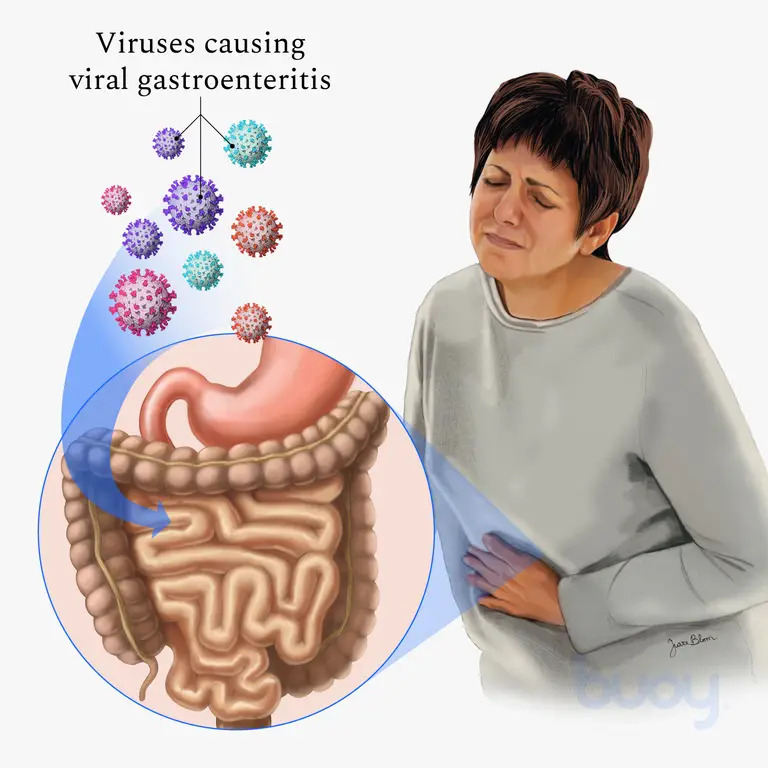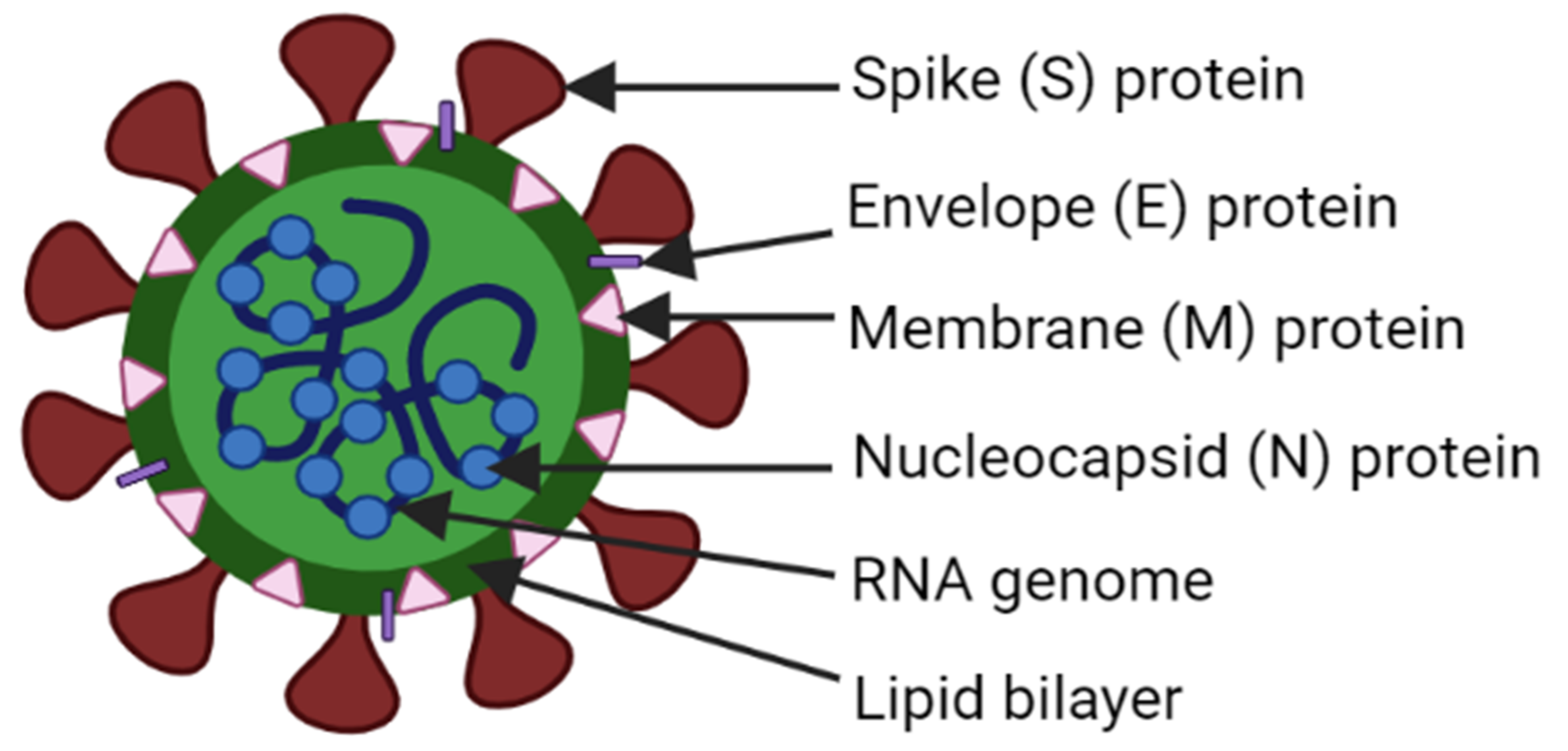Nursing Paper Example on Stomach Ulcers
Nursing Paper Example on Stomach Ulcers
Stomach ulcers, or gastric ulcers, are painful lesions in the stomach lining. They fall under a broader category of peptic ulcers, which also includes duodenal ulcers in the upper part of the small intestine. These ulcers are largely attributed to bacterial infections, particularly from Helicobacter pylori (H. pylori), and to the excessive use of certain medications like nonsteroidal anti-inflammatory drugs (NSAIDs). This paper provides a comprehensive overview of the causes, pathophysiology, signs and symptoms, diagnostic approaches, and treatments for stomach ulcers.

Causes and Pathophysiology
Primary Causes
The two primary causes of stomach ulcers are H. pylori infections and NSAID usage. H. pylori, a spiral-shaped bacterium, colonizes the stomach lining and produces enzymes and toxins that damage the mucosal layer, making it more vulnerable to stomach acid. Prolonged NSAID usage inhibits prostaglandin production, which disrupts the protective mucus in the stomach, increasing the risk of ulcer formation (Sung et al., 2009).
Pathophysiology
In a healthy stomach, a thick mucus layer lines the stomach walls, protecting them from hydrochloric acid, which aids in digestion. However, when H. pylori bacteria are present, they weaken the stomach lining through a series of biochemical reactions, including the release of urease that neutralizes stomach acid and creates an alkaline environment favorable to the bacteria. This weakening, combined with the corrosive effect of acid and digestive enzymes, leads to ulcer formation. NSAIDs further exacerbate this by reducing mucus production, leaving the stomach wall unprotected (Malfertheiner et al., 2012).
(Nursing Paper Example on Stomach Ulcers)
Signs and Symptoms
Primary Symptoms
The most common symptom of a stomach ulcer is a burning or gnawing pain in the upper abdomen, which may improve or worsen with food intake. Other symptoms include bloating, heartburn, and nausea.
Severe Symptoms
In advanced cases, ulcers can cause severe complications, such as bleeding, perforation, or obstruction of the stomach. Blood in vomit or stools, unintentional weight loss, and severe abdominal pain are indicative of serious complications requiring immediate medical attention (Laine et al., 2008).
Diagnosis
Clinical Examination
Initial diagnosis is based on the patient’s symptoms and medical history, including any use of NSAIDs or symptoms of infection.
Endoscopic Examination
Endoscopy is the most definitive diagnostic tool for detecting stomach ulcers, allowing direct visualization and biopsy of the stomach lining. The procedure also helps assess the ulcer’s severity and rule out malignancies (Malfertheiner et al., 2012).
Non-Invasive Tests for H. pylori
For identifying H. pylori infections, non-invasive tests like the urea breath test, stool antigen test, and blood antibody test are commonly used. The urea breath test, considered the most accurate, involves ingesting a urea solution. If H. pylori is present, the bacteria break down urea, releasing carbon dioxide that can be detected in the patient’s breath (Sung et al., 2009).
Treatment and Management
Antibiotic Therapy for H. pylori
To eradicate H. pylori, a combination of antibiotics such as amoxicillin, clarithromycin, and metronidazole is prescribed. Known as triple therapy, this regimen is highly effective, especially when combined with proton pump inhibitors to reduce stomach acid and promote healing (Graham & Shiotani, 2008).
Acid-Suppressive Therapy
Proton pump inhibitors (PPIs) and histamine-2 blockers reduce stomach acid production, giving the stomach lining time to heal. PPIs, such as omeprazole, are generally preferred for their potent acid-suppressive effect.
Lifestyle Modifications
Patients are advised to avoid foods that irritate the stomach lining, such as spicy foods, caffeine, and alcohol. Smoking cessation is also critical, as smoking impedes ulcer healing and increases the likelihood of recurrence (Laine et al., 2008).
NSAID Alternatives
For patients with NSAID-induced ulcers, discontinuing or reducing NSAID use is essential. If pain management is necessary, alternative medications like acetaminophen may be recommended, as they are gentler on the stomach lining.
(Nursing Paper Example on Stomach Ulcers)
Prevention
Hygiene Practices
Since H. pylori infection is often acquired through contaminated food or water, maintaining good hygiene practices—such as regular handwashing and consuming clean, safe food—can lower infection risk.
Safe Medication Use
Limiting NSAID use and using protective medications, like PPIs, in conjunction with NSAIDs can help prevent NSAID-induced ulcers. Physicians may also recommend NSAID alternatives when feasible (Sung et al., 2009).
Conclusion
Stomach ulcers, predominantly caused by H. pylori infections and prolonged NSAID use, represent a significant health burden due to their potential complications. While treatable through a combination of antibiotics, acid-suppressive medications, and lifestyle modifications, severe cases may require further medical intervention to manage complications like bleeding or perforation. Preventive measures, including good hygiene and careful NSAID use, are crucial in reducing the prevalence of stomach ulcers. Advancements in diagnosis and treatment continue to improve patient outcomes, offering relief and healing to those affected by this condition.
References
Graham, D. Y., & Shiotani, A. (2008). New concepts of resistance in the treatment of Helicobacter pylori infections. Nature Clinical Practice Gastroenterology & Hepatology, 5(6), 321-331. https://www.nature.com/articles/ncpgasthep1141
Laine, L., Takeuchi, K., & Tarnawski, A. (2008). Gastric mucosal defense and cytoprotection: Bench to bedside. Gastroenterology, 135(1), 41-60. https://www.gastrojournal.org/article/S0016-5085(08)00650-1/fulltext
Malfertheiner, P., Megraud, F., O’Morain, C. A., Gisbert, J. P., Kuipers, E. J., & Axon, A. T. (2012). Management of Helicobacter pylori infection—the Maastricht IV/ Florence consensus report. Gut, 61(5), 646-664. https://gut.bmj.com/content/61/5/646
Sung, J. J., Kuipers, E. J., & El-Serag, H. B. (2009). Systematic review: the global incidence and prevalence of peptic ulcer disease. Alimentary Pharmacology & Therapeutics, 29(9), 938-946. https://onlinelibrary.wiley.com/doi/full/10.1111/j.1365-2036.2009.03960.x











